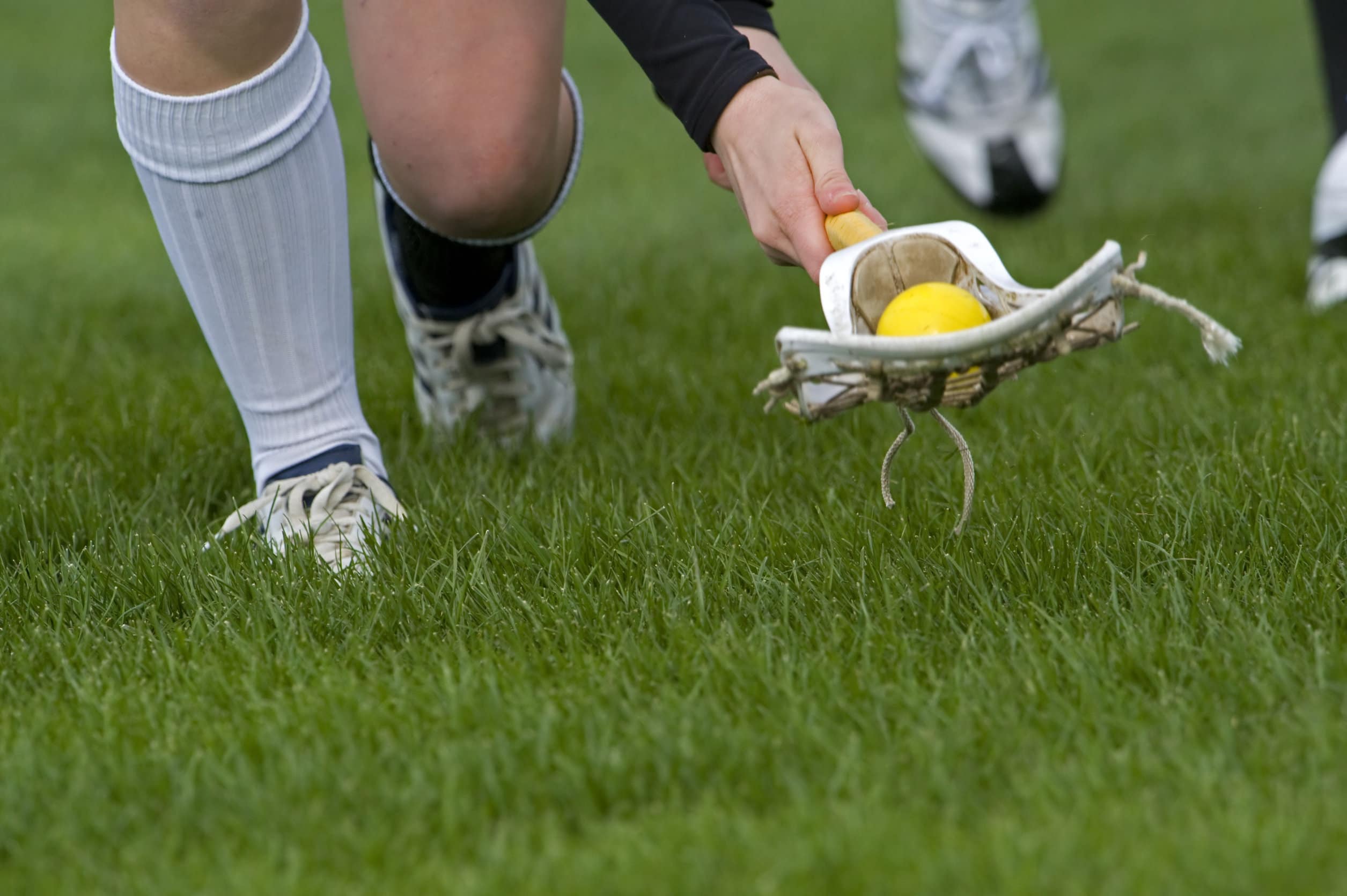Did you just spend the winter months keeping up fitness levels, but not fully engaging in your sport of choice? In more extreme cases, you might have taken the “off-season” literally and it’s been a few months since you engaged in physical activity.
Your skills are bound to regress when you’ve avoided any kind of training. Beyond losing some of the muscle gained last season, jumping right back into your workout and practice routines places a great deal of strain on your body, increasing the chances of an overuse injury.
With spring sports right around the corner, slowly get back into your routine with these tips.
Walking & Stretching Routine
Walking gets your body warmed up for more casual sports, like running, tennis and golf. Begin with shorter walks, especially if you have not been active during the winter season. Ten to 15-minute sessions around the neighborhood every other day will get you back into the swing of things.
Gradually increase your time, so in a few weeks’ time, you’re walking 30 to 40 minutes each session.
Also perform stretches relevant to your preferred activity. For instance, if you’ll be playing golf or tennis, focus on stretching your upper body and arms to get loose. At the same time, watch your form: Stay steady and no bouncing through reps.
Acknowledge Pain and Soreness
“No pain, no gain” is never a safe motto, especially if you’ve been away from your sport for months. Avoid the temptation to push through the discomfort – even if you have a coach telling you to go longer, faster and harder.
Early into the season, you’re bound to feel some degree of soreness. To get through it, identify the pain and address it with rest, ice, compression and elevation. According to the American Academy of Orthopedic Surgeons, the RICE approach lessens the damage you could experience and decreases your chances of experiencing an injury later in the season.
On the other hand, soreness might not go away – even when you dutifully adhere to RICE. At this point, it’s time to schedule an appointment with a doctor to assess the injury, especially if the muscle pain lingers for at least two weeks.
Update Your Gear
Did you know your shoes and gear affect positioning? Wearing shoes with less foam decreases the amount of shock absorption they deliver, which increases the chance of injury.
This same principle applies to any padding, helmets or protective gear you’ve had for multiple seasons: If it’s thin, worn away or compressed, the foam padding cannot perform its job well and you’re at-risk with each use.
Take inventory of the gear you own, asking yourself how many miles or games you’ve played with each piece and assessing quality to determine if they can handle one more season.
See the Doctor & Think About Nutrition
Particularly if you play on a school sports team, a physical is required before the sports season starts. Your doctor needs to assess your physical state to get through the season, including identifying any factors that could put you at risk for an injury and finish your season prematurely.
Assess your diet with a doctor or nutritionist, including sources of vitamins and minerals, how many calories to eat, where the calories will be sourced from and your meal schedule.








